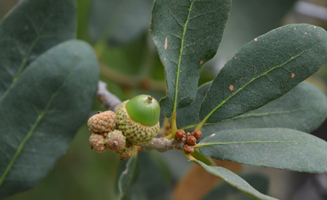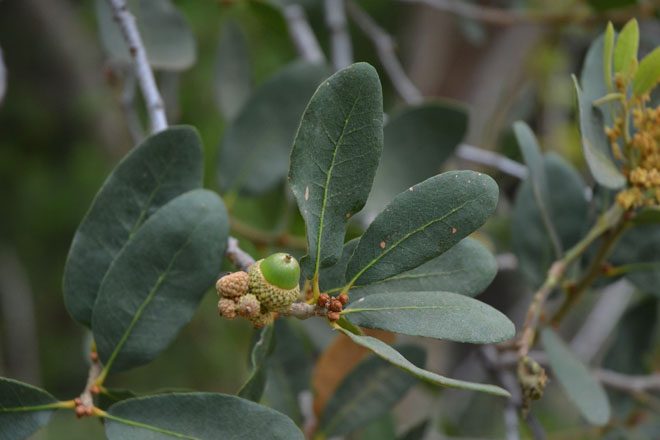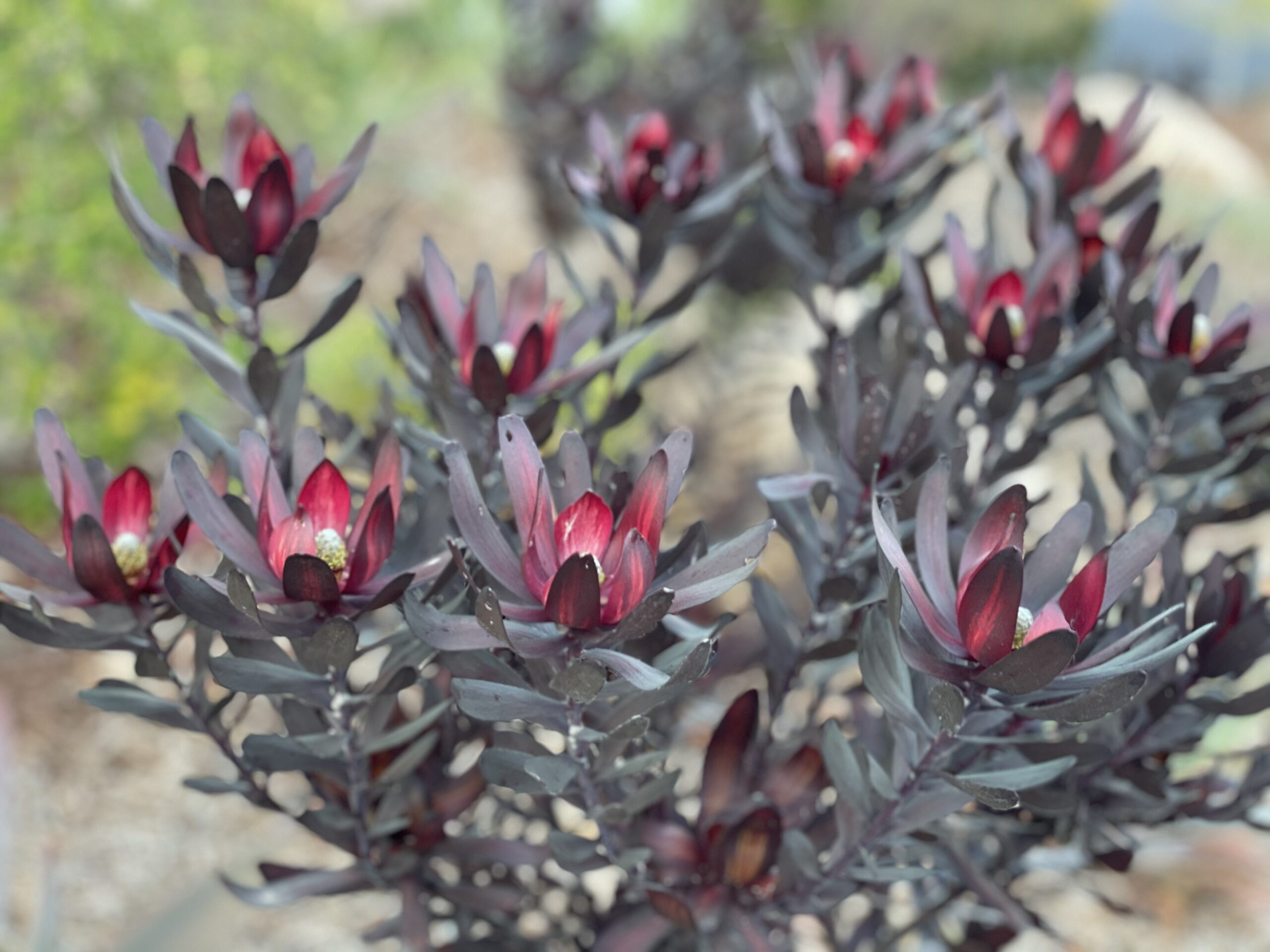

Contributor

The concept of “right tree, right place” is familiar to arborists, landscape architects, and city planners. At their best, urban forests carefully balance the needs and desires of humans for shade, beauty, and easy care with environmental conditions at a given site, such as high and low temperatures, average rainfall, and soil depth and quality. Achieving synergy between these two sets of requirements is both a science and an art, and requires access to (and knowledge of) a sufficiently broad selection of commercially available tree species.

As evidenced by the unprecedented drought in California from 2012 to 2016, the environmental conditions we have come to expect may not be the environmental conditions we face in the future. Climate change is no longer a distant threat—it is a tangible, pervasive engine of environmental change, shown by record-setting extreme weather, steadily rising temperatures, and unprecedented shifts in precipitation patterns around the world. In California cities and communities, higher temperatures, more frequent flash floods, and intensified drought conditions are just some of the expected effects of human-induced climate change. For California’s forests, both natural and human-managed, we can no longer assume that the climate, which currently supports both wild and managed tree populations, will continue to support them over the next 10, 20, or 50 years.

Climate change is a serious challenge for people who manage urban forests and other green spaces. Higher temperatures bring faster evaporation and soils that dry more rapidly. Changes in temperature and precipitation may alter pest dynamics, with new pests and greater pest pressures a very real possibility. Moreover, more frequent extreme weather events, including intense storms and severe drought, may lead to increased tree decline and death. These changes are not easy to predict, for at least two reasons. First, while broader, statewide trends, such as increased mean annual temperatures, decreased snowpack, and a lengthened wildfire season are predicted with a high degree of confidence, finer-scale predictions—those most relevant for landscape management—are more uncertain. And second, even if local temperature and precipitation changes can be predicted, how individual species respond to these changes, plus changing interactions with pests and predators, is often unknown. Given these uncertainties, how can planners and arborists design urban forests that will be resilient in a future that we cannot imagine yet?
Ecologists have begun to grapple with these questions, as they try to understand how climate change will affect biodiversity and ecological communities. In natural or wild plant and animal communities, many species have started to shift their ranges in response to climate change. Ecologists have observed the upward migration of some mid-elevation species, and the northward (or poleward) migration of species where temperatures are becoming unfavorably hot at the southern end of their range. Such shifts are far from a universal response to warming, but they suggest that climate change is already exerting a major influence in reshaping ecological communities.
Unfortunately, the pace of climate change may be too fast for many species, particularly those that are already at the top of the mountain, or where the distance to more suitable habitat is too great. To prevent such species from going extinct, some scientists are now calling for assisted migration—replanting or relocating species threatened by climate change to new sites, which may be more suitable. The concept of assisted migration is controversial—the introduction of new flora and fauna has resulted in invasive species that impose high ecological and economic costs. Yet human landscapes, from backyards to botanical gardens, have always been, intentionally or otherwise, test grounds for ecological innovation, featuring geographically improbable mixtures of species linked by their shared suitability for a given set of environmental conditions.


Urban landscapes are commonly viewed as a barrier to species movement, but vegetated urban spaces can provide critically important refuge for regionally native flora and fauna and even increase habitat connectivity for threatened or vulnerable species. As climate change reorganizes the climatic ranges of species, the function of urban forests as habitat corridors will become increasingly important. One example of this may be seen in the Engelmann oak (Quercus engelmannii), native to southern California. Quercus engelmannii is threatened by prolonged drought, increasing pests and pathogens, and loss of habitat due to changing land use. Climate change is predicted to amplify these threats, and by the mid-21st century, Q. engelmannii may lose most of its habitat in its native southern range. But plantings of Q. engelmannii are thriving as a low-water-use street tree in the San Francisco Bay area. The risk of an Engelmann oak invasion is low, and the benefits of using this regionally native, habitat-promoting tree over a non-native tree with similar ecological requirements are clear.
Reimagining urban forests as resilient, biodiversity-protecting, climate-change migration corridors will require the close collaboration of arborists, climate scientists, ecologists, urban planners, and many others—not to mention the willingness of the nursery industry to expand the palette of trees in commercial production. By combining the best-available climate change projections with detailed information on the habitats and species supported by urban forests, we can begin to examine how urban forests may serve as reservoirs of biodiversity. By learning which regionally native tree species may be viable in an urban setting, we can begin to safeguard urban forests against climate change. And by creating interdisciplinary partnerships between arborists, ecologists, planners, and climate change scientists, we can design smarter, more resilient, and more biodiverse urban forests that support both human and ecological communities.
Share:
Social Media
Garden Futurist Podcast
Most Popular
Videos
Topics
Related Posts

Ground Up Science for Greener Cities with Garden Futurist Dr. Alessandro Ossola
Spring 2023 Listen to the Podcast here. Alessandro Ossola is a scientist who gets very excited about the challenge of climate change allowing for an

Readying Urban Forests for Climate Realities with Garden Futurist Dr. Greg McPherson
Winter 2023 Listen to the Podcast here. “Going from the mow and blow to a more horticulturally knowledgeable approach to maintaining the landscape. And that

Expand Your Palette: Waterwise Plants for your Landscape
There’s nothing more thrilling to plant lovers than discovering new plants to test in the garden. Here in the southernmost corner of California, we have

What Climate is This? Part Two – A Garden Futurist Special
Winter 2022 Listen to the Part 2 Podcast here. If you live in the Pacific region, you know that seasons in your garden look different









Responses